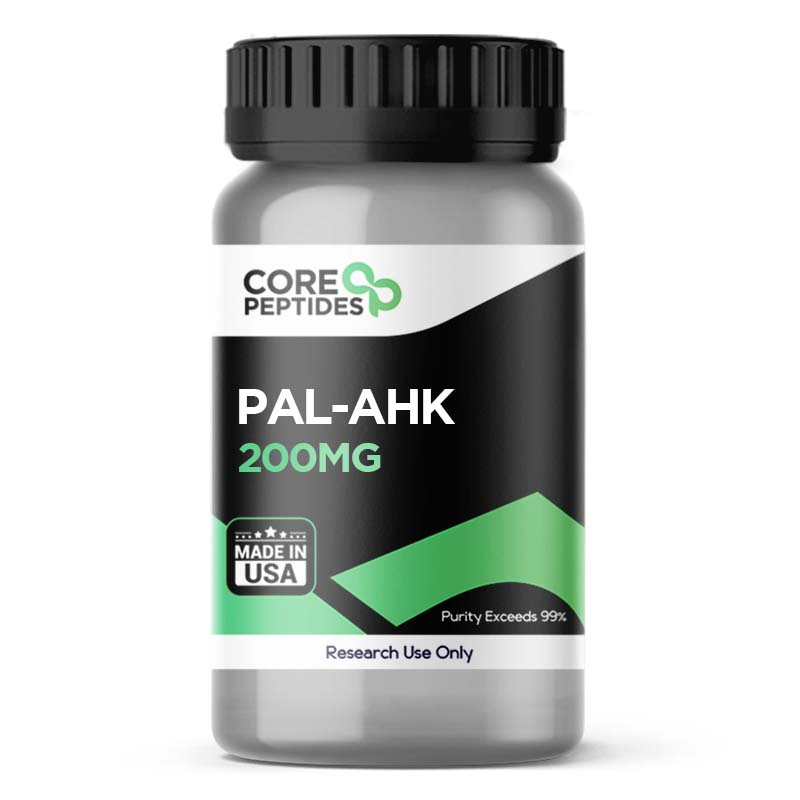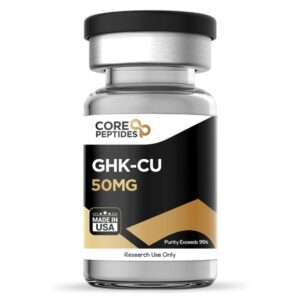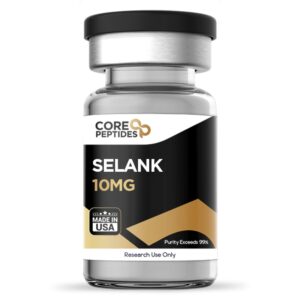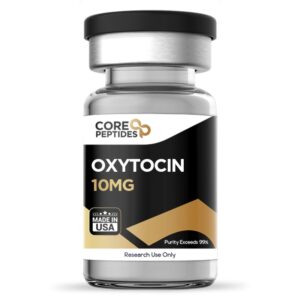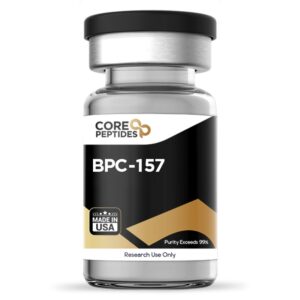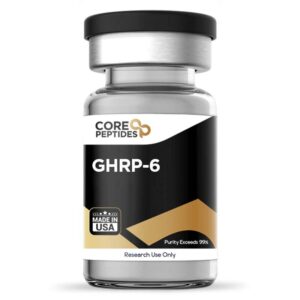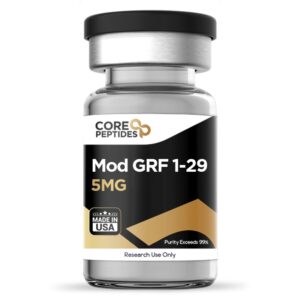Pal-AHK (200mg)
$176.00
Size: 200mg
Contents: Pal-AHK
Form: Lyophilized powder
Purity: >99%
SKU: P-Pal-AHK
FREE Shipping on $200+ orders
Discount per Quantity
| Quantity | Discount | Price |
|---|---|---|
| 5 - 8 | 5% | $167.20 |
| 9 + | 10% | $158.40 |
Pal-AHK
Pal-AHK is a synthetic peptide composed of amino acids alanine, histidine, and lysine, with the addition of a palmitoyl group. Studies have only investigated the action of non-palmitoylated AHK. Still, Pal-AHK likely exerts similar impacts since adding palmitoyl to the AHK molecule is not likely to significantly alter the compound's mechanism of action. Palmitoylation is typically considered only to enhance a compound’s capacity for cell penetration, which may make it more capable of exerting action. Research suggests one key potential action of AHK and Pal-AHK may be to stimulate the production of collagen and elastin, two proteins considered essential within the extracellular matrix (ECM) of skin cells.
Collagen is a major structural protein that lends strength and durability to the skin barrier, while elastin is considered responsible for supporting its elasticity. In addition to its potential for collagen and elastin production, Pal-AHK may also exhibit anti-oxidative action. Oxidative stress is considered to cause quantitative damage to cells and tissues. Antioxidants may help to neutralize free radicals, the main cause of oxidative stress. By scavenging these free radicals, antioxidants may prevent or reduce damage and environmental exposure biomarkers, including limiting wrinkle depth and length along the skin barrier. Studies have suggested that Pal-AHK may also have the potential to induce hair follicle growth due to anti-oxidative action and interaction with various molecules and growth factors. Examples include transforming growth factor-β1 (TGF-β1), Bcl-2/Bax ratio, vascular endothelial growth factor (VEGF), caspase-3, poly-(ADP-ribose) polymerase (PARP), and others.
Chemical Makeup
Molecular formula: C31H56N6O5
Molecular weight: 592.8 g/mol
Other Known Titles: Palmitoyl AHK
Research and Clinical Studies
Pal-AHK Peptide and Antioxidation
Tripeptide AHK was first developed from albumin hydrolysate.(2)(3) The addition of palmitoyl may improve the skin cell permeability of the peptide. Scientists report that the tripeptide may potentially reduce the expression of TGF-β1.(3) TGF-β1 is a molecule that supports the formation of new blood vessels and is considered to stimulate the production of extracellular matrix components, regulating the inflammatory response. Excessive activity may lead to chronic inflammation and tissue damage in certain contexts. Thus, reducing TGF-β1 levels may help to mitigate this action. The potential antioxidant action of Pal-AHK may be attributable to its unique amino acid composition.(4) Researchers suggest that the peptide “provides an increased dermal cell multiplication and viability to help to the production of collagen.” Researchers posit that this supposed action of AHK may directly impact the ECM through cell and protein production.
Pal-AHK Peptide and Hair
No research exists on Pal-AHK's impact on hair/fur growth. However, derivatives of AHK suggest that similarly structured compounds may promote the growth of hair follicles via the proliferation of dermal papilla cells (DPCs) and blocking their apoptosis.(5) The researchers suggested that AHK-analogs “stimulated the elongation of [...] hair follicles [...] and the proliferation of DPCs.”
Pal-AHK may achieve similar potential by elevating the Bcl-2/Bax ratio and reducing negative growth factors such as cleaved caspase-3 and PARP. The Bcl-2/Bax ratio is considered important in regulating apoptosis (programmed cell death). Bcl-2 is classified an anti-apoptotic protein that may inhibit cell death, while Bax is a pro-apoptotic protein that may promote cell death. Thus, a higher Bcl-2/Bax ratio would indicate a predominance of Bcl-2, which may inhibit apoptosis and promote cell survival.
The theoretical potential of Pal-AHK to promote hair growth by preventing dermal papilla cell apoptosis is a hypothesis founded on research that suggests the peptide’s involvement in reducing the levels of the cleaved forms of caspase-3 and PARP. Caspase-3 is considered to be a primary player in the process of apoptosis and is believed to contribute to the loss of dermal papilla cells when present in its cleaved, active form. When cleaved by caspase-3, PARP may facilitate cellular disassembly, a hallmark of apoptosis. Thus, inhibiting caspase-3 activation and reducing the cleaved forms of PARP as part of the same apoptotic pathway may plausibly contribute to decreased cell death in the hair follicles, potentially fostering an environment more conducive to hair retention and growth. Research also suggests this action possibly lowered apoptosis levels in these cell types under experimental observation.(6) Furthermore, studies report that Pal-AHK may increase the expression of vascular endothelial growth factor (VEGF), which, combined with reducing TGF-β1, may also help reduce shedding and promote hair growth.(7)
VEGF is a protein that is considered to play an important role in angiogenesis. It is also thought to promote the growth of blood vessels around hair follicles, which may help supply nutrients and oxygen to the hair follicle and support growth.
Pal-AHK Peptide and Skin Cells
Although blocking TGF-β1 tends to have antiproliferative action, researchers suggest that Pal-AHK may stimulate the proliferation of skin cells and collagen synthesis via other pathways. The specific potential of Pal-AHK on the skin is yet to be investigated. Still, researchers have suggested that the main molecule, AHK, may yield positive action in preliminary laboratory research. One such potential is the viability and proliferation of dermal fibroblasts, key cells responsible for producing the essential proteins of the ECM, including collagen.
Cell culture studies using normal dermal fibroblasts found that AHK appeared to increase cell growth and viability while potentially promoting the production of collagen type I.(8) This was determined by isolating the amount of collagen type I produced by fibroblasts in cell culture after incubation with various amounts of AHK. Results suggested that AHK may increase collagen type I production, with studies reporting a 300% increase compared to a control group. The findings suggest that AHK may potentially renew the extracellular matrix.
Pal-AHK peptide is available for research and laboratory purposes only. Please review and adhere to our Terms and Conditions before ordering.
References:
- Tsuge, N., Eikawa, Y., Nomura, Y., Yamamoto, M., & Sugisawa, K. (1991). The anti-oxidative activity of peptides prepared by enzymatic hydrolysis of egg-white albumin. Journal of the Agricultural Chemical Society of Japan.
- Shimura, H., Tanaka, R., Shimada, Y., Yamashiro, K., Hattori, N., & Urabe, T. (2017). Glycyl-alanyl-histidine protects PC12 cells against hydrogen peroxide toxicity. BMC biochemistry, 18(1), 14. https://doi.org/10.1186/s12858-017-0089-x
- Nirmal, B. (2018). Key MessAges. IADVL Textbook of Trichology, 163.
- Kecel-Gunduza, S., Kocb, E., Bicaka, B., Kokcub, Y., Ozela, A. E., & Akyuzc, S. (2020). IN SILICO ANALYSIS FOR CHARACTERIZING THE STRUCTURE AND BINDING PROPERTIES OF ALA-HIS-LYS (AHK) TRIPEPTIDE. The Online Journal of Science and Technology-July, 10(3).
- Pyo, H. K., Yoo, H. G., Won, C. H., Lee, S. H., Kang, Y. J., Eun, H. C., Cho, K. H., & Kim, K. H. (2007). The effect of tripeptide-copper complex on human hair growth in vitro. Archives of pharmacal research, 30(7), 834–839. https://doi.org/10.1007/BF02978833
- Anastassakis, K. (2022). Copper Tripeptides Copper tripeptides. In Androgenetic Alopecia From A to Z: Vol. 2 Drugs, Herbs, Nutrition and Supplements (pp. 225-230). Cham: Springer International Publishing.
- Sadgrove, N. J., & Simmonds, M. S. J. (2021). Nutricosmetic products for healthy hair and dermal antiaging using “dual-acting” (2 for 1) plant-based peptides, hormones, and cannabinoids. FASEB bioAdvances, 3(8), 601–610. https://doi.org/10.1096/fba.2021-00022
- Patt, L. M., & Procyte, A. (2009). Neova® DNA Repair Factor Nourishing Lotion Stimulates Collagen and Speeds Natural Repair Process. skin, 1, 2.
